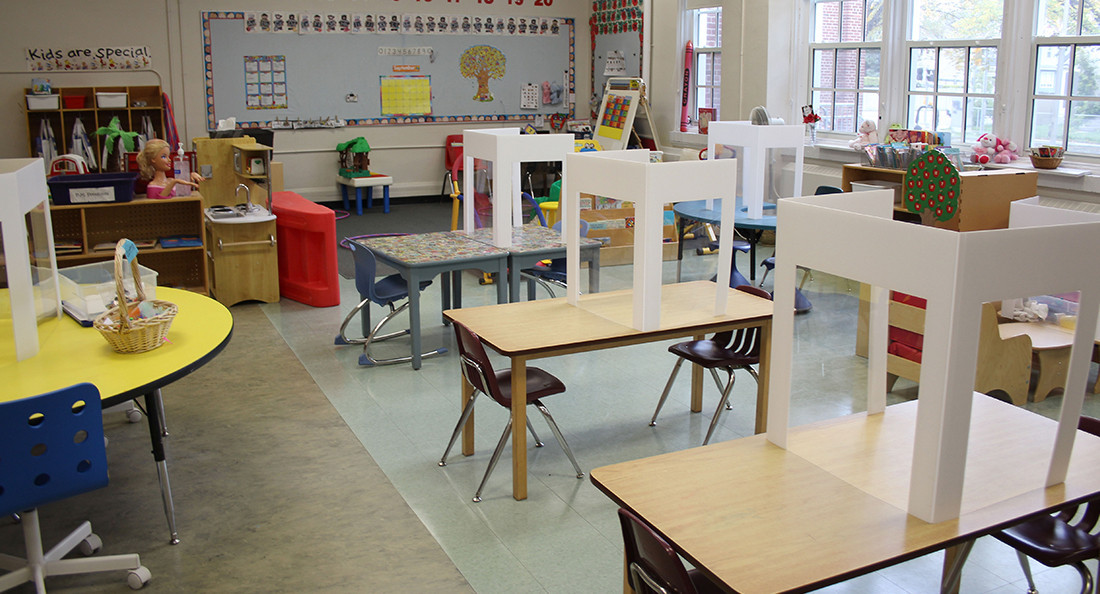Our teachers are not okay
Manitoba educators face hardships while teaching during the pandemic
The current state of Manitoba teachers’ mental and physical well-being is an ongoing headline in news articles, for a very good reason.
The situation is dire. The inescapable reality is that Manitoba teachers’ mental health is rapidly declining. Many teachers are subjected to deep levels of stress as they try to adhere to the vague messaging regarding COVID-19 school
safety protocols.
Burnout, for many, is imminent.
Teachers are buckling under immense pressure, only a few months into the 2020-21 school year. In all likelihood, some Manitoban educators will succumb to the emotional overload and be forced to go on stress leave. Some might quit their jobs altogether.
Their stories are being reported, yet there’s very little support where it’s needed most.
Students, parents and the general public have shown their support and understanding for our teachers’ plights. This is not enough. In order to safeguard teachers from any further harm, immediate action needs to be taken.
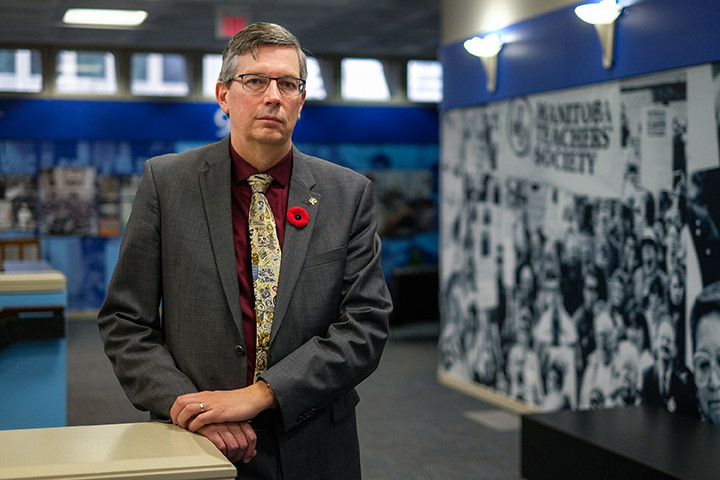
James Bedford, president of the Manitoba Teachers' Society
How bad is it, really?
James Bedford, president of the Manitoba Teachers’ Society, is candid about the strain put on teachers’ mental and physical health.
“It’s deteriorating,” Bedford says. “They’re being asked really to do two things this year: one is what they’ve always done, which is to do a great job teaching curriculum. The second thing that they’re being asked to do is really to look after the safety and well-being of their students.”
With the threat the pandemic poses on the public, looking after students’ well-being is no small feat.
A Winnipeg high-school teacher, who The Uniter has granted anonymity to avoid repercussions from his employer for speaking out publicly, notes the severe emotional toll he and his fellow teachers are forced to endure while abiding by the necessary safety precautions put in place by his school division.
“It’s been extremely stressful,” he says. “Some other people I’ve spoken to have been in tears by the end of the day.”
He says stress comes from a culmination of many things, but above all else, the high expectation for teachers to adapt and thrive in spite of the pandemic is the most stress-inducing. Naturally, this expectation comes from parents and students alike, but teachers also place a similar standard on themselves.
“Teachers are, I would say, above all, very caring and empathetic individuals,” he says. “I think you have to have a level of empathy to get into this field and stay in this field. All of that on top of a global pandemic has been definitely trying.”
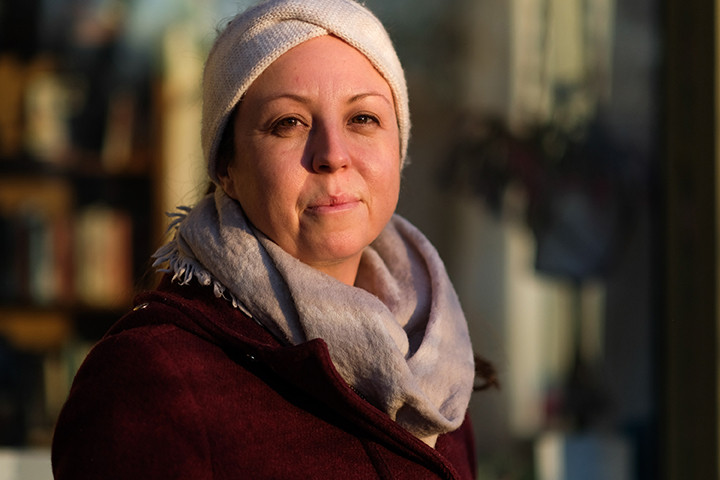
Art teacher Melissa Tichborne
The reports of stress and emotional exhaustion are not isolated incidents. Teachers across Manitoba are drained. Between their careers, looking after loved ones, cooking supper, cleaning the house and just about everything else, they seldom have the opportunity to find some relief.
“It just sort of weighs on you,” middle-school art teacher Melissa Tichborne says. “You go home not excited for the weekend, but dreading the next week and what that’s gonna look like.”
For Tichborne, a significant source of stress stems from teaching art remotely. As a result, Tichborne feels a growing disconnect between her and her students. Unfortunately, it takes a certain spark of joy away from her job.
“Remote learning was hard for everyone. It was hard to teach, because teachers want to interact with kids,” she says. “You can’t joke with them. You can’t get a sense of their mental health.”
In addition to the stress that stems from adapting to remote learning and other safety precautions, school divisions are not given clear or consistent guidelines for how to make their schools safe.
There’s a lack of a universal safety standard for Manitoba public schools. As it stands, teachers abide by the safety measures put in place by their employers. This leads to inconsistent protocols between school divisions, which, in turn, leads to anxiety, confusion and even more stress for educators.
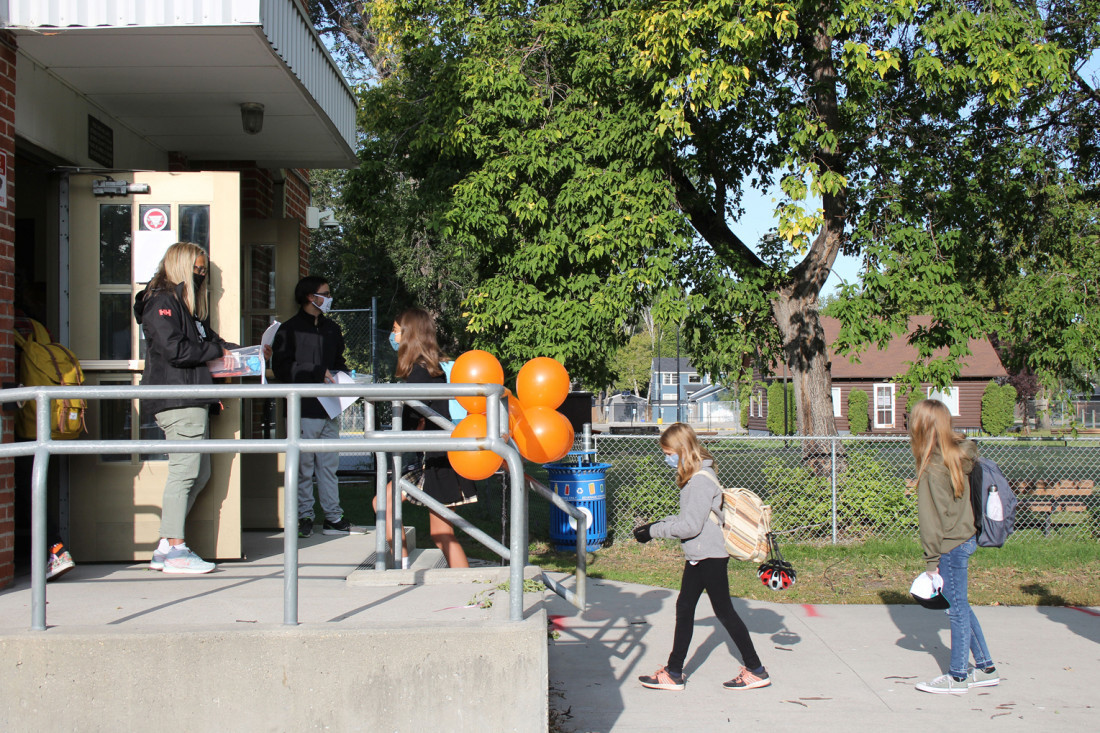
Masked students file into River Heights School on Grosvenor Avenue.
What’s the standard?
In trying to cope with the drastic changes brought on by the pandemic, teachers are uncertain as to whether the changes made in their classrooms are keeping them and their students safe. Moreover, the messaging coming form Manitoba Education is inconsistent.
“The problem that they’re really struggling with is that the messaging that comes from Manitoba Education has more ‘mays’ in it than ‘shalls,’” Bedford says.
As a result, each school division's protocols are different. Some schools are strict about measures, like ensuring everyone maintains two metres of distance apart. Other schools might aim to meet the two-metre mark, but think one metre is acceptable, as well.
“‘Well, if two metres is safe, why is one metre safe? Where’s the standard?” Bedford asks.
“It’s not an inconsistent interpretation of what school divisions are being told. It’s inconsistent messaging.”
One might argue that some schools have no choice but to be lax about certain safety measures, such as one metre versus two, due to a myriad of issues.
For schools with larger class sizes, the only way students would be able to maintain a strict two metres apart would be if their class was spread between multiple rooms. This is the terrible position some teachers are put in: running from room to room as they try to teach their students.
“This is like asking a surgeon to perform two surgeries at the same time,” Bedford says.
In favour of teachers not having to dart between rooms throughout the school day, one might argue that being a little flexible with social distancing might seem reasonable. After all, unusual circumstances call for unconventional solutions. Schools might not have the resources they need to meet safety standards without forcing their teachers to hop from room to room.
Except, there are resources. Funding was set aside for the very purpose of supporting schools in meeting and maintaining social distancing and other safety measures, but little of the money has been spent.
A total amount of $185 million, given by the federal and provincial governments, was set aside for Manitoba schools for the sole purpose of funding COVID-19 issues. So far, the money has gone toward purchasing essential supplies, such as face masks and hand sanitizer, but not much else.
From Tichborne’s point of view, there’s no reason for the money – and the support it could provide – to not be used.
“There’s nothing that’s going on right now that they didn’t know in the spring,” she says. “They knew we were going to have a second wave. They knew that the intent was to keep kids in school. We knew that COVID wasn’t going anywhere. So why is it so slow to provide the support that schools need?”
The sombre truth of the matter is the funding will likely continue to be slow to arrive, if at all. If that’s the case, what can Manitoba – as a community – do to help support our teachers?
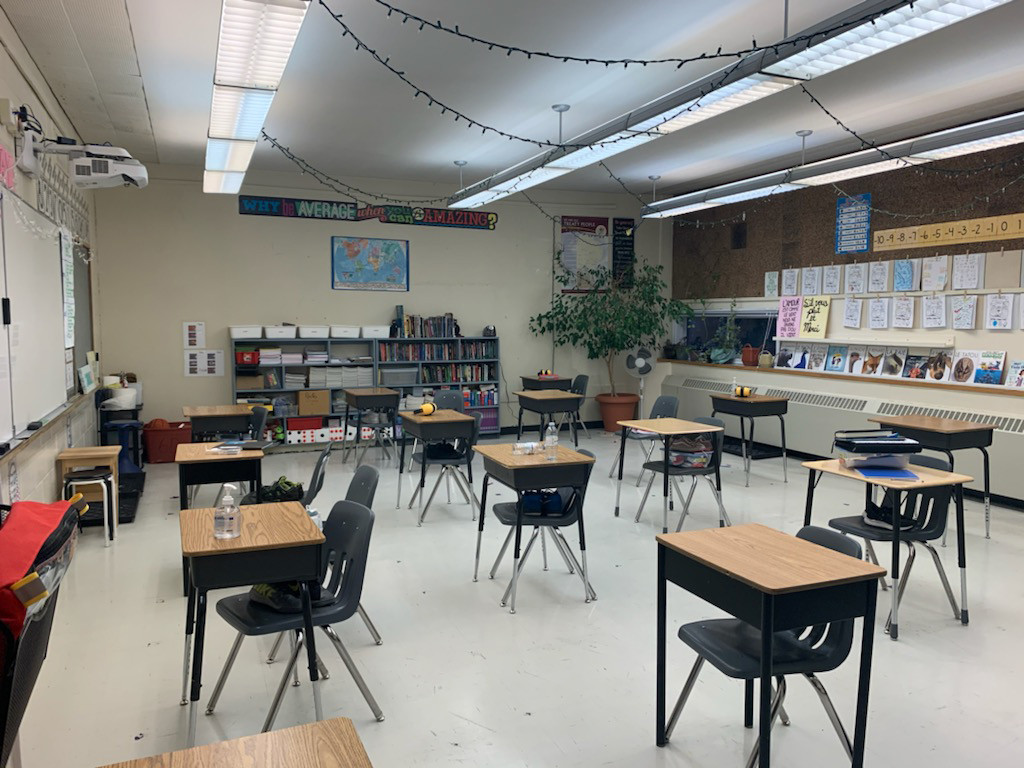
"Words only matter so much. Actions matter far more than words." -James Bedford
Here’s what we can do
When asked what people can do to help, the issue of toxic positivity was raised. This is the idea that teachers need to maintain a positive attitude no matter what is becoming increasingly harmful.
“This toxic positivity around teaching right now is super detrimental to educators, because no, a lot of teachers aren’t okay right now,” a high-school teacher says.
“These people, they love what they do, and they work really hard, but it needs to be acknowledged that they are burning out.”
In that spirit, he suggests people check in with their teacher friends. Even if it’s difficult to understand what they’re going through, giving them the space to vent could go a long way toward helping them find relief.
But outside of showing care and empathy for the individual teachers we know, there is one other thing we can do that might have a systemic impact.
Bedford suggests contacting members of the legislative assembly and asking them how the relief money is being spent on local schools.
“You have the right to ask. It’s your money,” Bedford says. “And on top of it, when this money is being spent, it must be qualified with school divisions, explaining how the money is being spent.”
Regardless of whatever approach one might take, this needs to be done without delay. Moreover, it can’t be forgotten that showing care and concern to the teachers will help, but not in the way that’s desperately needed.
“I have this huge belief, that certainly comes from 25 years of working with students, (that) words only matter so much,” Bedford says. “Actions matter far more than words.”
Published in Volume 75, Number 09 of The Uniter (November 12, 2020)

